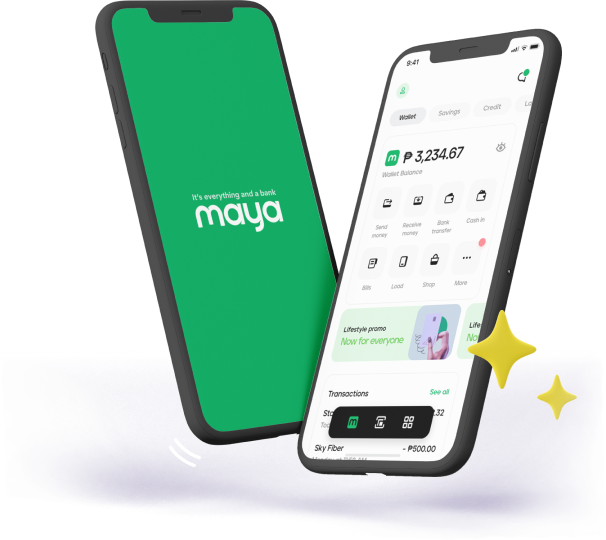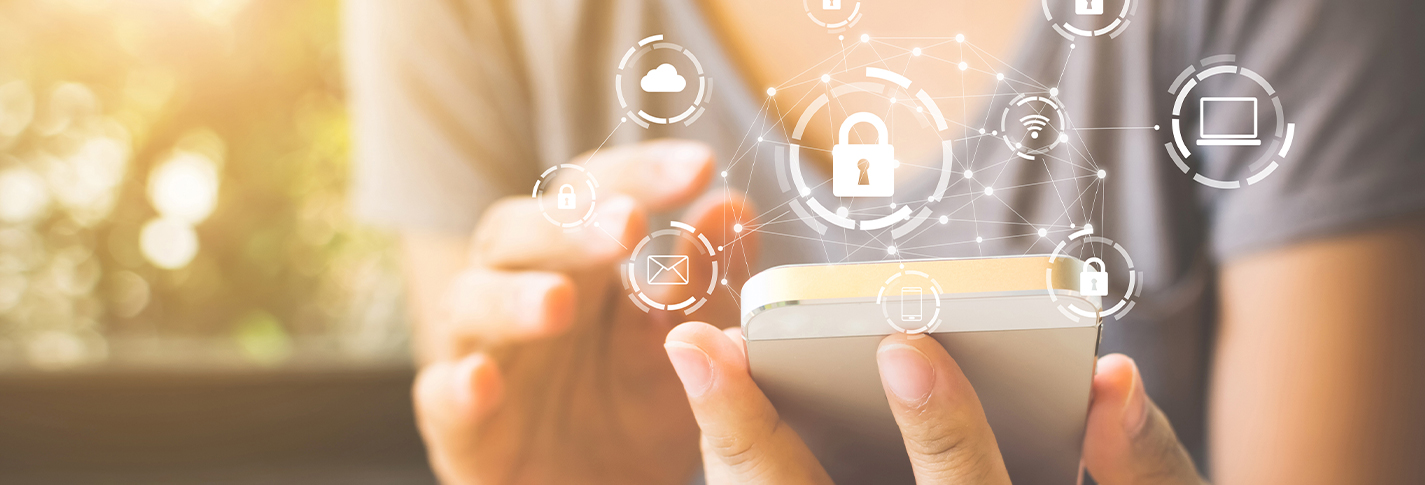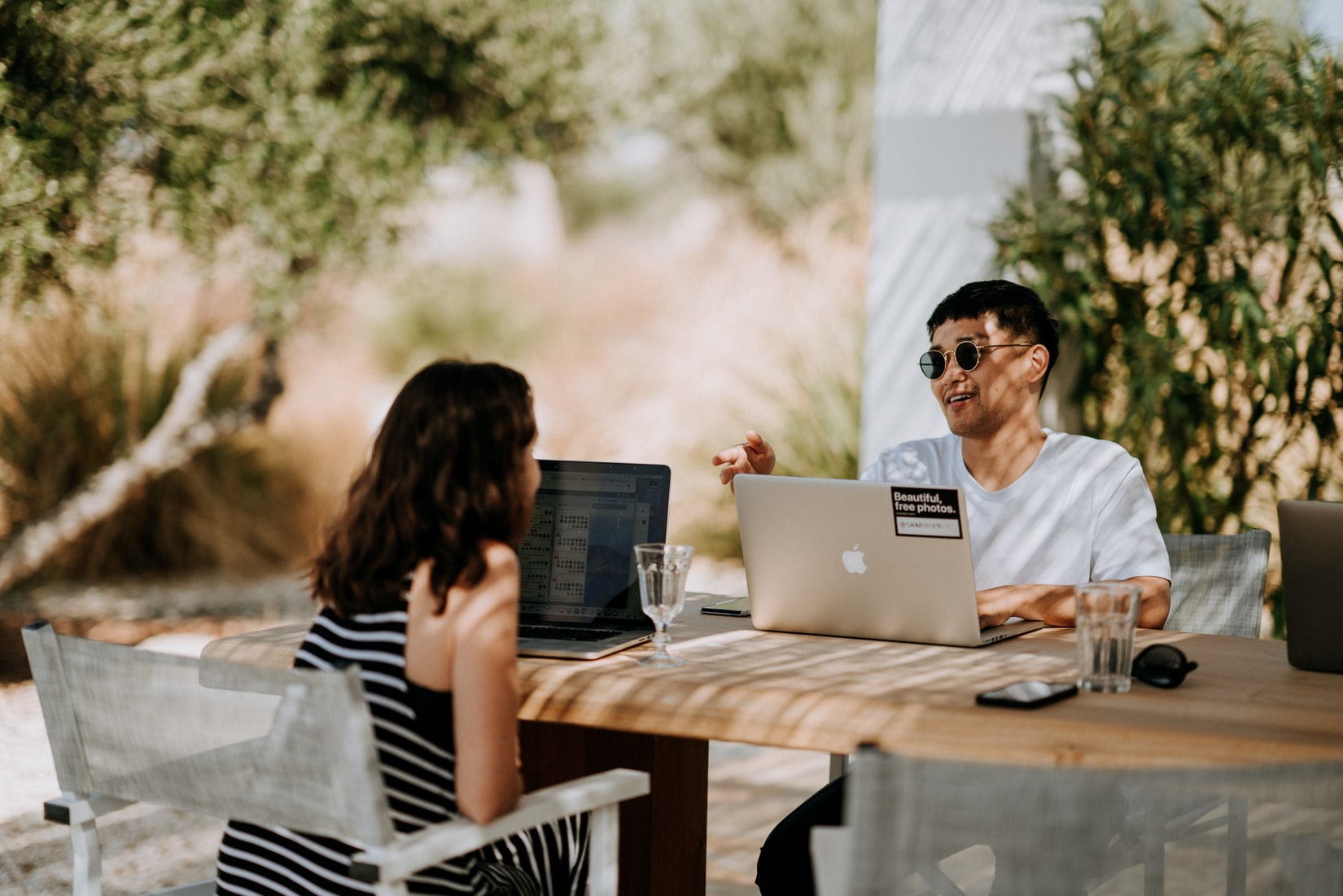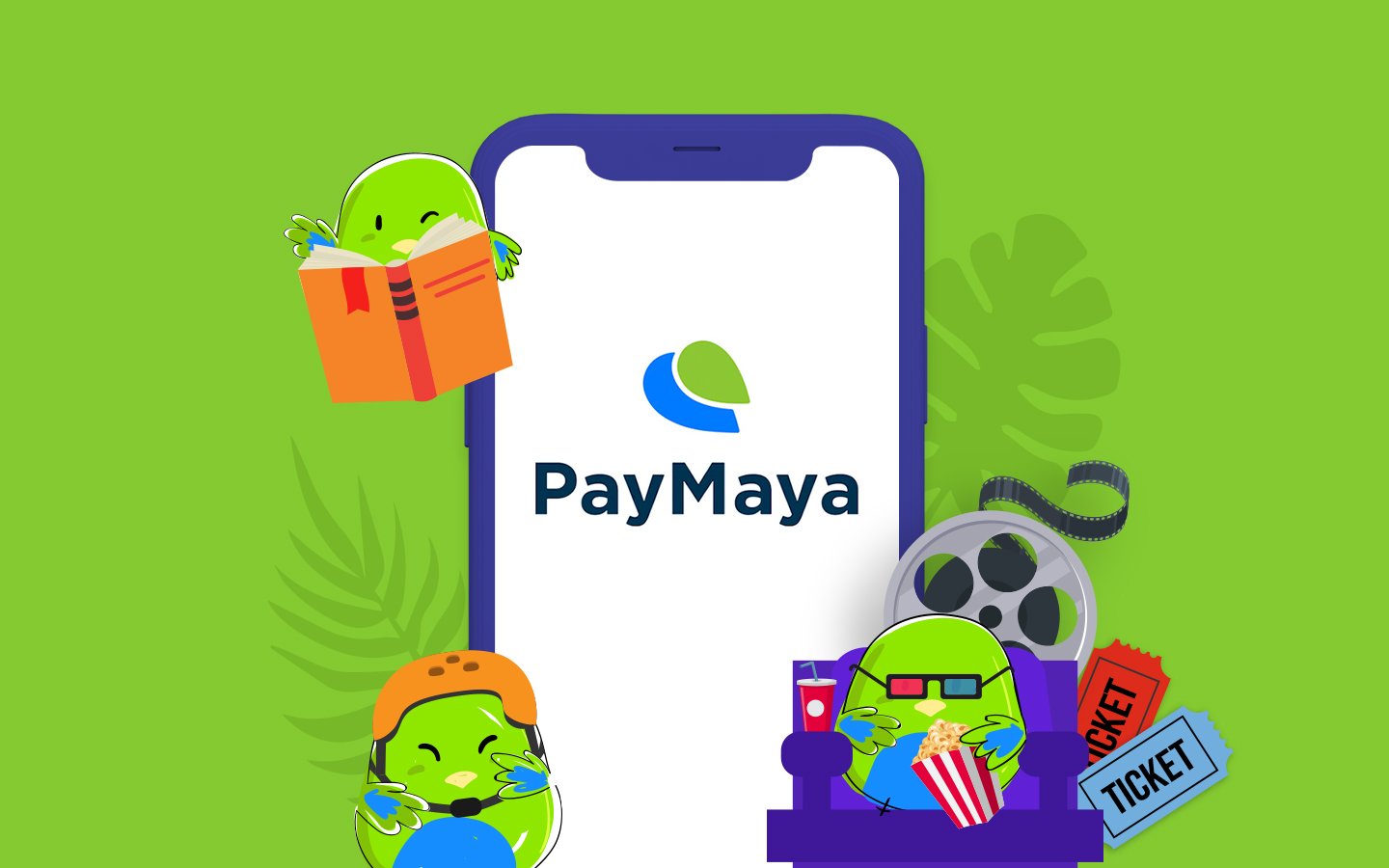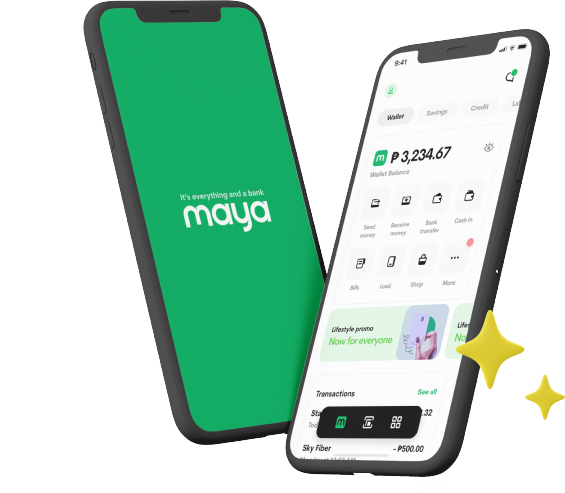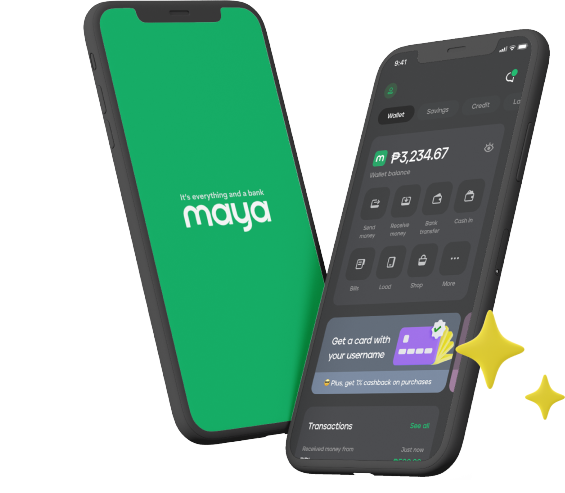- Home
- Services
- User Guide
- All Guides
- Activate Virtual Card
- Bank Transfer
- Bills Payment
- Cash In
- Claim Remittance
- Create an Account
- Crypto
- Email Verification
- Gaming
- Get a Maya Card
- Get Protected
- Link Physical Card
- Mobile Prepaid Load
- Mobile Data
- Pay using Maya Card
- Pay with Maya online
- Pay with QR
- Save
- Send Money
- Funds
- Travel with Maya
- Upgrade Account
- Use Abroad
- Deals
- Store
- Partner Merchants
- Stories
- About Maya
- Help & Support
- Contact Us
- Home
- Services
- User Guide
- All Guides
- Link Physical Card
- Mobile Data
- Activate Virtual Card
- Mobile Prepaid Load
- Bank Transfer
- Pay using Maya Card
- Bills Payment
- Pay with Maya online
- Cash In
- Pay with QR
- Claim Remittance
- Create an Account
- Save
- Crypto
- Send Money
- Email Verification
- Send Money via @Username
- Funds
- Travel with Maya
- Gaming
- Get a Maya Card
- Use Abroad
- Get Protected
- Deals
- Help & Support
- Store
- Partner Merchants
- Stories
Maya employs the latest security technologies to protect both individual users and merchants, ensuring that every transaction is safe and secure. Unfortunately, the human factor is the most vulnerable link in any security chain. Scammers are just as likely to use psychology to steal your data as they are to use technology.
If you’re concerned about the security of your online accounts, here are 12 tips that will help keep them safe.
1.) Don’t Freely Give Out Personal Information
While you already know that you shouldn’t just share your Maya or bank account details with just anyone, the same also holds true for virtually any kind of personal information.
Bits and pieces of private data may not necessarily seem all that valuable by themselves. But taken together, they can present an eerily accurate picture of your personal habits. A keen hacker can then use this information to breach your accounts. They may even use it to target coworkers, friends, or relatives they feel might be more vulnerable to scams and cyber attacks.
This means you should be very careful with personal information you choose to share in public — even on social media platforms such as Facebook or Twitter. If you’re sure you want to use social media, make sure to give out as little personal information as possible.
2.) Don’t click on suspicious email links and attachments
You probably know that if an email looks fishy, chances are good that it is. Unfortunately, gut feel is no longer enough to identify newer types of malicious emails. Hackers have become incredibly sophisticated in their use of both psychology and technology to encourage you to open dangerous links and attachments.
Here are some things that can tip you off to a malicious email:
- You don’t know the other people cc’d to the email
- The list of cc’d recipients looks strange (in alphabetical order, from different departments in your organization, or belonging to unrelated organizations)
- You don’t recognize the sender as someone you normally receive emails from
- The sender’s domain looks strange or is composed of random characters
- The message seems out of character for the sender
- The email is a reply to a thread you never participated in
- No one else in your organization or household has vouched for the sender
- The email was sent from outside regular business hours
- The subject line is irrelevant or does not match the message
- The attachment name looks like gibberish or doesn’t match the subject line or message
- The sender is actively asking you to open the attachment
- The sender is threatening you with some kind of consequence for not opening an attachment or clicking on a link in the email
- The message only contains one long link
- Links and email domains have misspellings (i.e. paydaya.com, paynaya.com, etc.)
- When you hover a mouse cursor over the link, it shows a website different from what is on the link
Never click on links or open attachments from suspicious emails. And if you see unusual activity related to your Maya account, report it immediately to our Customer Support team at support@maya.ph. Your report may help keep other Maya users safe.
3.) Keep Your Account Details to Yourself
Even if you trust your spouse, children, and other loved ones with your life, you should reconsider giving them your account details. This has nothing to do with how much you trust or love them. The fact is, the more people accessing an account, the more ways your account’s security can be breached. This is especially true when the account is regularly accessed on multiple devices.
One reason to avoid sharing your account is to reduce the potential damage from a data breach. Say, for instance, your spouse’s laptop or phone got stolen and it had your bank or Maya account details on it. The thief may very well gain access to both your identities, which can give you twice the headaches.
Another reason for not giving other people your account is that they may not be as meticulous with online security as you are. You can’t always control what apps they download or who they interact with. If your account details are on their devices, that just leaves your data more vulnerable than it would have otherwise been.
If there’s a reason that your loved ones need to access your accounts, be the one to enter the password. Make sure to only let them access your account on your devices. And don’t let them give you their account passwords either, as the reverse also holds true for their security.
4.) Report Suspicious Activity Immediately
Don’t wait before reporting possible fraud or data breaches. The more time that passes before you report suspicious activity, the more damage a fraudster could do. Never just “give it a few minutes” or wait for the activity to resolve itself, as this could be enough time for the malicious party to clear your account or steal your online identity for other purposes.
If you notice any suspicious activity on your Maya account or from another Maya user, be sure to immediately report it via email to support@maya.ph or the official Maya Cares Facebook page.
5.) Keep Your Browsers and Email Apps Up-to-Date
We know constant app updates can be annoying. However, these updates are typically done for good reasons, including for plugging any holes in an app’s security. Hackers will have had more time to study older versions of apps, so going with newer versions will always reduce your risk.
Always update your apps as soon as you can, especially those connected to your online accounts. This will make it much harder for any would-be hacker to get to your data.
6.) Be Skeptical of New Applications
While you want to update trusted applications immediately, you don’t want to be first in line when it comes to downloading the latest apps. You typically want to wait a couple of weeks to see if the app is trustworthy or not. If there are no reviews or write-ups about the app, that should be a reason to be even more skeptical.
The reason is that many apps today track your activity and make it accessible to third parties without your permission. While this isn’t necessarily bad, not all app developers have a good reputation.
There have already been multiple examples of seemingly innocent apps that were intended to phish for account details or track the intimate habits of app users and selling them to shady interests. Resist the temptation to try out the latest social media games and face-changing apps if you want to keep your account details secure.
7.) Use Trusted Anti-Malware Software
One of the most straightforward ways to boost your account security is to install a trusted anti-malware app on your devices. Not only will it help reduce the possible ways a hacker could break into your device, but it will also help detect and control computer viruses as well.
As data thieves are constantly looking for potential security holes, you should take care to update your anti-malware apps regularly. This will help reduce the possibility that hackers can find a gap in your security that they can exploit.
8.) Set Up a Recovery Email or Mobile Number
A recovery email or mobile number is an important safeguard that can simplify regaining access to your account, in case something bad happens.
Let’s say that you forgot your Maya password or if it was locked because of suspected unauthorized entry. Having a recovery email and phone number can make it much easier to recover access to your account, as these two things are proof of account ownership.
To change your Maya password and recovery email, please follow these steps.
9.) Remove Apps You No Longer Use
Third-party applications on your devices can be exploited by hackers to gain access to your account info as well other kinds of data on your devices. This is especially true of apps that may still contact remote servers as well as outdated apps that hackers have had time to study for weaknesses.
When possible, only keep apps that you regularly use and always update them as soon as possible. Make sure to periodically delete apps on your devices that never get used to reduce the number of potential ways hackers can get into your accounts.
10.) Use a Unique Password for Every Account
Password management can be one of the most tedious problems of modern life. As a result, many of us don’t use a unique password for every account or device we have. It’s understandable, given that we are often expected to memorize dozens of passwords for a variety of apps and devices at home and work.
Unfortunately, the fact that we have the same password for multiple accounts is often counted on by data thieves, who are likely to attempt using the same password for every account you’ve got. For this reason, data privacy experts will often recommend using a unique password for every account.
Thankfully, there are now several reliable password management apps that make it easy to manage your different passwords without compromising your security. Be sure to read reviews of each password management app you come across before downloading them. This will help prevent you from downloading a phishing tool disguised as a legitimate app.
If you forgot your Maya password, be sure to follow the instructions on this link for a password reset.
11.) Enable Two-Factor Authentication When Available
Two-factor authentication is when an account user proves their identity with two different methods. This offers superior security compared to just using a password.
Two-factor authentication can be done in several ways. Maya, for instance, sends your phone an OTP (one-time-password) after you enter your login details. Your username and password counts as one piece of “proof” and the randomly-generated OTP that is sent to your mobile device counts as another. Other online apps may apply different methods to their two-factor authentication.
While it’s true that two-factor authentication can be tiresome, it can exponentially improve the security of your online accounts. Even if a hacker somehow managed to gain access to your username and password, they will have to somehow access your phone or a separate email address of yours. They will find it even harder to access your account if the authentication methods use biometrics data, such as your fingerprint or iris patterns.
Even without biometrics, the simple act of enabling two-factor authentication can make any would-be hacker’s job several times more complex, which is exactly why you should enable it on every app and device, if possible. If there are settings that send you an email or text message each time an account is accessed, you should enable that as well so that you can immediately detect any unauthorized activity.
12.) Consider Disabling “Save Password” and “Autofill” Features on Your Browsers
Saving passwords on your browsers might be convenient, but it also poses a risk to your account safety. Normally, if your computer or mobile device was accessed by an unauthorized user, they might not be able to immediately access accounts that require a password. However, if your passwords were saved on your browsers and if the autofill features were enabled, even a novice hacker would be able to access your accounts at will.
If you commute or travel frequently, these features pose even more of a risk, especially if you lose or misplace your devices. If you still want to enjoy the convenience of these features, only enable these on devices that you’re sure won’t be accessible to others. Be sure to deactivate these features on devices that leave your home.
Keeping our online accounts safe involves more than just employing the latest technologies. Changing our online behavior and how we treat our personal data also plays a key role in securing our accounts. Sign up for a Maya account today to enjoy a range of secure yet convenient payment solutions.
You might also like
These Stories on How-To
Maya Customer Hotline: (+632) 8845-7788
Domestic Toll-Free: 1-800-1084-57788
Mobile: Dial *788 using your Smart mobile phone
Domestic Toll-Free: 1-800-1084-57788
Mobile: Dial *788 using your Smart mobile phone
Maya is powered by the country's only end-to-end digital payments company Maya Philippines, Inc. and Maya Bank, Inc. for digital banking services. Maya Philippines, Inc. and Maya Bank, Inc. are regulated by the Bangko Sentral ng Pilipinas.
www.bsp.gov.ph
Scan to download
the Maya app
the Maya app
© Copyright Maya 2022 All Rights Reserved.

